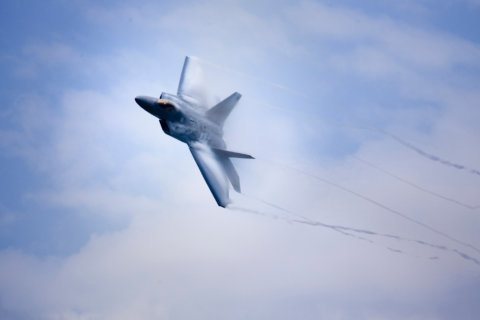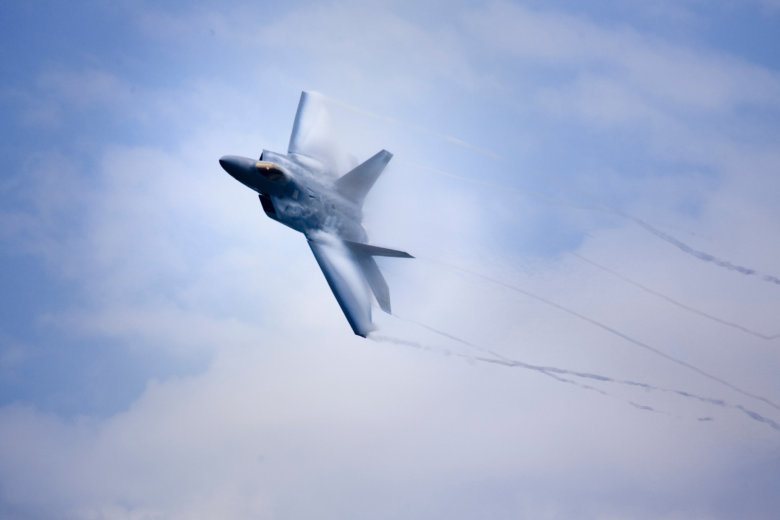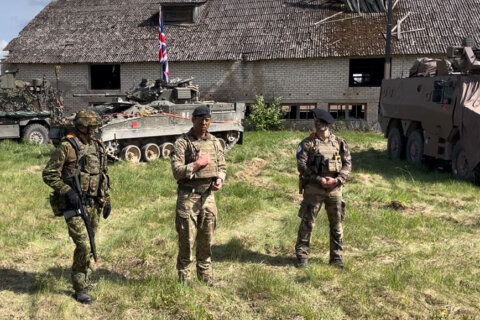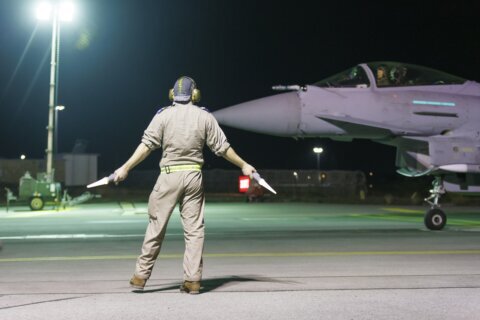
US F-22 stealth jets intercepted four Russian bombers and two Russian Su-35 fighter jets off the coast of Alaska on Monday, according to a statement from North American Aerospace Defense Command.
The Russian long-range bombers flew into the Air Defense Identification Zone, which extends approximately 200 miles off Alaska’s western coast.
US F-22s fighter jets and an E-3 Airborne Early Warning and Control System from North American Aerospace Defense Command “positively identified and intercepted a total of four Tupolev Tu-95 bombers and two Su-35 fighters entering the Alaskan Air Defense Identification Zone (ADIZ) on May 20,” NORAD said in a statement.
“Two of the Russian bombers were intercepted by two F-22s, and a second group of bombers with Su-35 fighters was intercepted later by two additional F-22s, while the E-3 provided overall surveillance,” NORAD said, adding that “the Russian bombers and fighters remained in international airspace and at no time did the aircraft enter United States or Canadian sovereign airspace.”
The Russian Ministry of Defense confirmed the incident in a tweet Tuesday, saying the Tu-95 bombers “made scheduled sorties over the neutral waters of the Chukotka, Bering and Okhotsk seas, as well as along the western coast of Alaska and the northern coast of the Aleutian Islands.”
“At certain stages of the route, Russian aircraft were escorted by #F22 fighter jets of the #USAF. The total flight time exceeded 12 hours,” the ministry added.
“NORAD’s top priority is defending Canada and the United States. Our ability to deter and defeat threats to our citizens, vital infrastructure, and national institutions starts with successfully detecting, tracking, and positively identifying aircraft of interest approaching U.S. and Canadian airspace,” Gen. Terrence J. O’Shaughnessy, the commander of NORAD, said in a statement.








